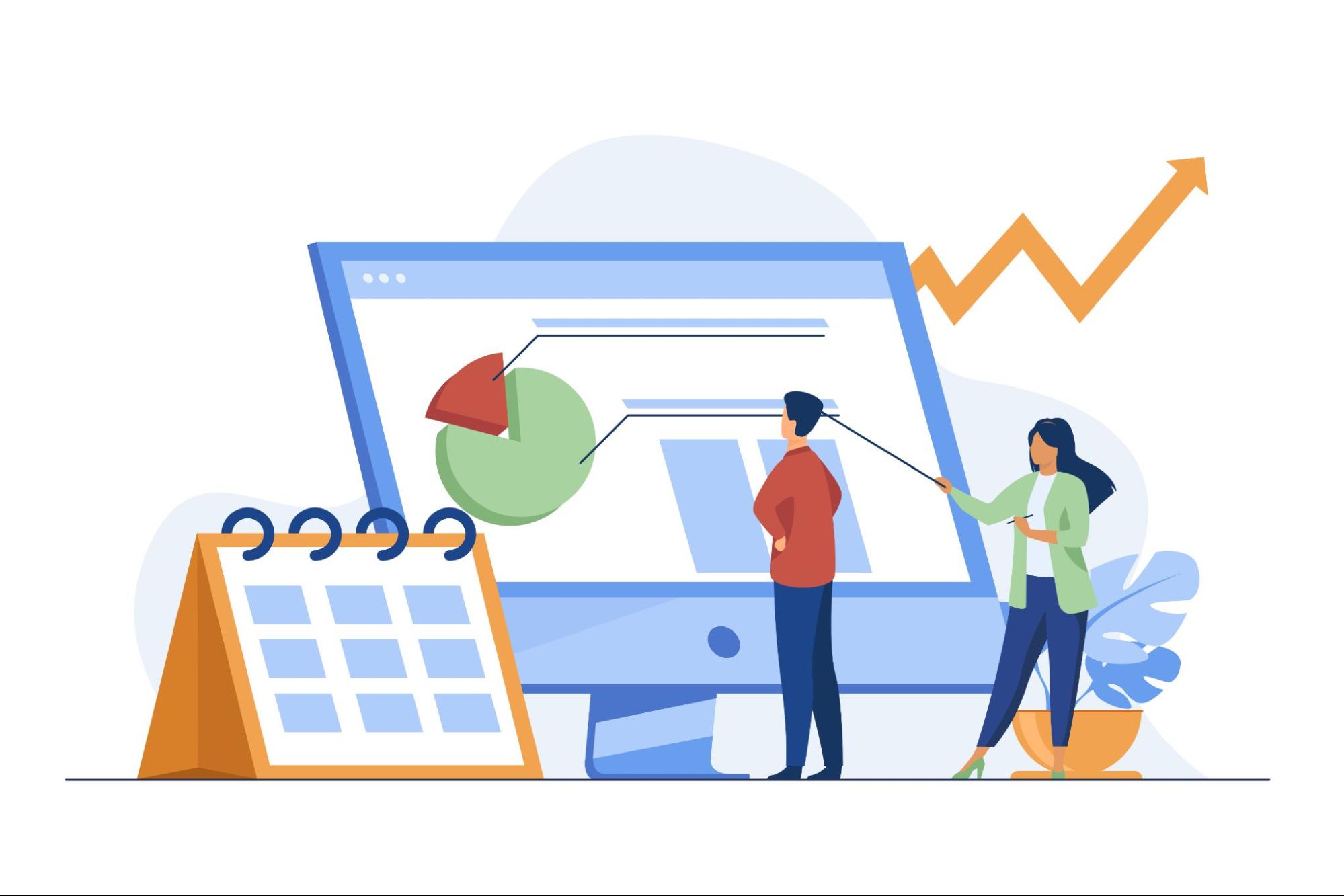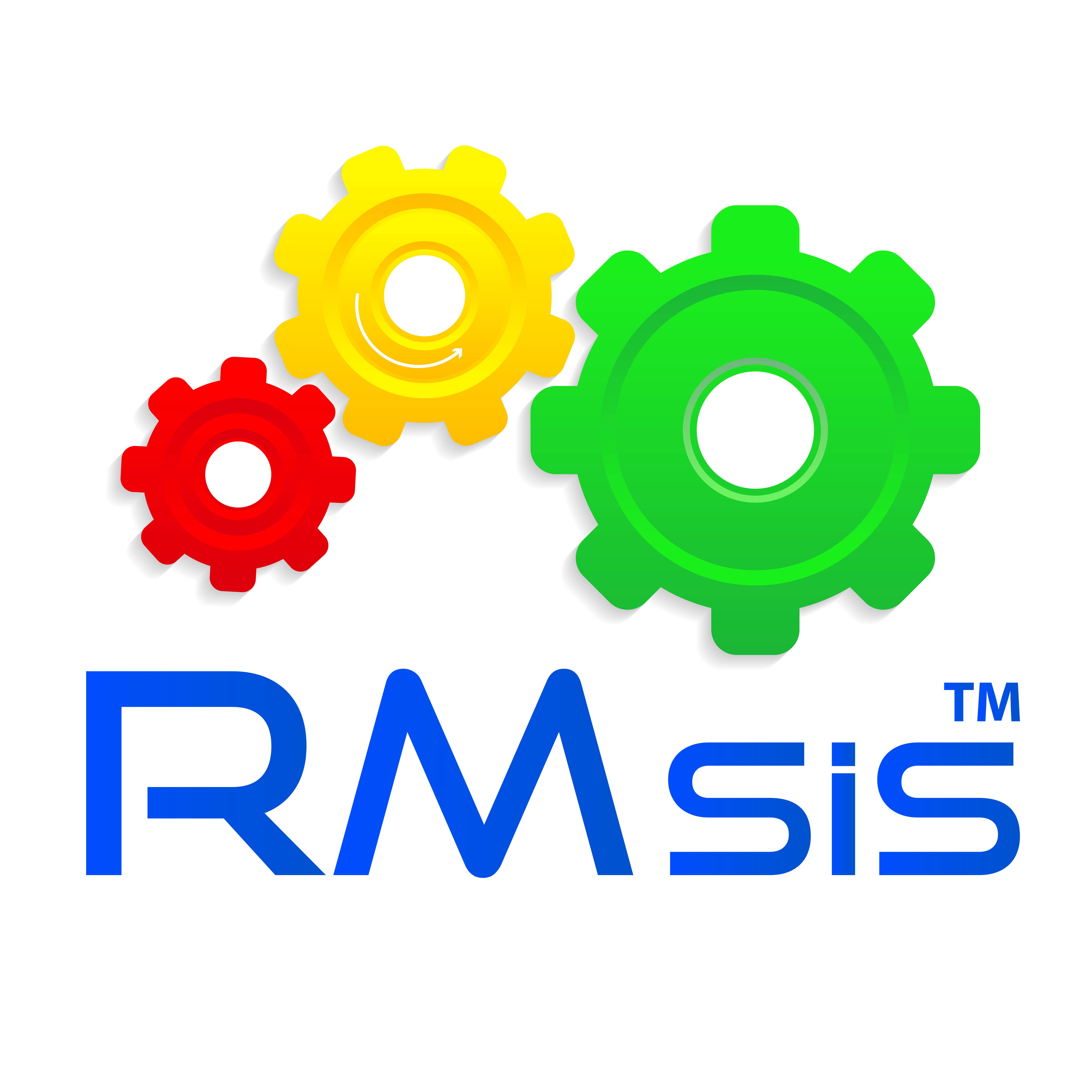

Do you know that we make approximately 35,000 decisions every day?
Isn’t it cool…
This number might even be on the rise, thanks to the trend of flatter organizational structures that distribute decision-making power across all levels of an organization. Rather than top leaders making all the calls, employees now play a crucial role in collaborative decision-making.
This shift makes strong decision-making skills more vital than ever. Yet, making high-quality, efficient decisions remains a challenge. If your team finds it tough to even decide on where to order lunch, you’re not alone.
Imagine having a toolkit designed to help you make better, faster decisions—not just a Magic 8-Ball or a coin to flip, but reliable methods known as decision-making models. There are several models out there, each with its own strengths and weaknesses. The key is knowing which decision making model to use in different situations.
Alongside these models, it’s essential to recognize and understand the biases that can cloud our judgement and lead to poor decisions. Ready to improve your decision-making prowess? Let’s dive in and explore how to enhance your decision-making skills effectively.

Facing a complex, high-stakes decision? Are multiple stakeholders involved, each with strong emotions about the possible outcomes? Do you have the luxury of time for thoughtful research and analysis? If so, out of five decision making models, the rational decision-making model might be your best approach. This model involves six structured steps:
(Some experts add extra steps, like testing your solution before full implementation.)
The rational model helps counteract factors like faulty assumptions that often lead to poor decisions. By minimizing risk and uncertainty, it provides a clear path to making informed choices. This model is versatile enough to be used individually or collaboratively within a team.
However, it's not ideal for situations with tight deadlines or rapidly changing conditions. Plus, you won't always have access to all the necessary information. Even when you do, following this thorough process can be inefficient for simpler decisions.
The bounded rationality model, also known as "satisficing,” is an approach to making a "good enough" decision rather than the best possible one. It's particularly useful when time and information are limited.
The bounded rationality model recognizes that sometimes a timely, adequate decision is more valuable than a delayed, perfect one. It conserves mental energy and other resources, allowing you to move forward without the exhaustive process of the rational model.
Our brains naturally seek shortcuts to manage the sheer volume of information and decisions we face daily. The bounded rationality model aligns with this tendency, making it a practical tool for everyday decision-making.
When it comes to decision-making, one size doesn’t fit all. The Vroom-Yetton decision model (also known as Vroom-Yetton-Jago) embodies this idea by adapting to the specific circumstances of each decision. This model starts with seven yes-or-no questions, such as "Is team commitment to the decision important?" Based on your answers, the model guides you toward one of five decision-making processes. These range from making the decision independently to reaching a consensus with your team.
The Vroom-Yetton model’s flexibility is a major strength. It’s applicable at any organizational level and in unfamiliar situations. However, it does have limitations: it may not account for the decision-maker's personal factors, the questions might not be specific enough for all scenarios, and it may be less effective in larger groups.
You might be surprised to learn that even your gut decisions follow one of the types of decision making models. Intuitive decisions often happen almost instantly but are based on your brain’s rapid pattern recognition. It swiftly reviews past experiences to guide your decision in the current context.
Research shows that the intuitive decision-making model works well when you have significant expertise or experience in a particular area. In such cases, your brain quickly recognizes patterns and suggests effective solutions. However, intuition is less reliable in new or unfamiliar situations, like starting a new job, because you lack the necessary experience to identify relevant patterns.
Interestingly, decisions that seem rational and logical may actually be more intuitive. If you find yourself returning to your initial choice after considering other options, you might be following the retrospective decision-making model.
The recognition-primed decision-making model shares many similarities with the intuitive model. Here’s how it works:
Like the intuitive model, the recognition-primed approach is most effective when you have significant experience or expertise. It’s particularly useful in high-pressure situations where time is limited.

With a variety of decision-making models at your disposal, making decisions should be easier, right? Not necessarily. To handle the vast amount of information and numerous decisions you face daily, your brain relies on shortcuts. While these shortcuts can be helpful, they sometimes lead to poor choices.
Be aware of these common mental biases to improve your decision-making:
Confirmation bias involves focusing on evidence that confirms your preexisting beliefs while ignoring information that contradicts them. Imagine you're helping to choose a candidate for a new position in your organization. You have two finalists, and based on their resumes, you prefer Candidate B over Candidate A. You think you're keeping an open mind, but are you really?
During the interviews, confirmation bias might lead you to notice all the signs that Candidate B is perfect for the job while overlooking any potential issues. Conversely, you might dismiss the positive aspects of Candidate A and focus on any perceived weaknesses. Confirmation bias drives us to seek out information that supports our existing views and interpret data in ways that confirm we're right. Consequently, two people with different beliefs could interpret the same statistics in entirely different ways.
To combat confirmation bias, actively seek out information and perspectives that challenge your opinions. Engage with people who disagree with you, and consider alternative viewpoints. You may discover that the situation isn't as clear-cut as you initially thought.
The availability heuristic leads us to make decisions based on how easily something comes to mind. For example, if your friend recently experienced a long flight delay with a particular airline, you might avoid booking with that airline for your upcoming business trip. Even if that airline has a better on-time record than the one you ultimately choose, the vivid memory of your friend's experience influences your decision.
This heuristic can mislead us because our thoughts and memories feel like reality. To make better decisions, pause and critically evaluate whether the information that comes to mind is truly representative or if you're overestimating its significance. Look for concrete data to support your perceptions and ensure that you're making well-informed choices.
Survivorship bias leads us to make decisions based solely on successful examples, often overlooking the failures that provide a fuller picture. A classic example is relying on other organizations' success stories to guide your own strategies. Company A may have thrived using a particular approach, but what about Companies B, C, and D that tried the same strategy and failed?
To avoid survivorship bias, cultivate a healthy scepticism. Before emulating a success story, consider whether you’re only seeing the "survivors." Investigate the failures and challenges that aren't as prominently discussed to get a more balanced perspective.
Anchoring bias occurs when we rely too heavily on the first piece of information we receive, which can skew our subsequent judgments. For instance, in negotiations, the initial price offer often sets the tone for the entire discussion. Even arbitrary anchors can influence decisions. In one study, participants who spun a roulette wheel and landed on high numbers guessed higher percentages of U.N. countries in Africa than those who landed on lower numbers.
To mitigate anchoring bias, slow down your decision-making process. Acknowledge your vulnerability to this bias and seek additional information to ensure a more balanced evaluation.
The halo effect is the tendency to let a single positive trait influence our overall perception of someone. For instance, you might think a contractor is intelligent and organized simply because they have a firm handshake. Conversely, a negative first impression, like someone spilling wine on you at a networking event, can unfairly diminish their credibility in your eyes.
Question your first impressions to stay vigilant against the halo effect. When making a decision, ask yourself if it’s based on initial perceptions. Seek additional evidence to support or refute your first impression to make a more informed judgement.
In today's fast-paced world, the ability to make sound decisions is more critical than ever. With approximately 35,000 choices to make each day, having a robust toolkit of decision-making models can significantly enhance your efficiency and effectiveness. Incorporating these models and understanding biases into your decision-making process will not only help you navigate complex choices with greater confidence but also foster a more collaborative and effective organizational culture. So, next time you're stuck in a decision-making rut, remember these tools and insights to guide you towards better, faster, and smarter decisions.

Most mature requirements management application for Jira.